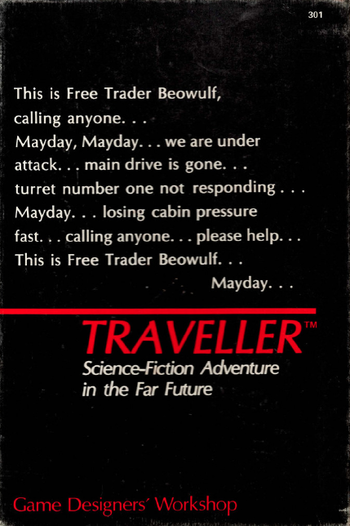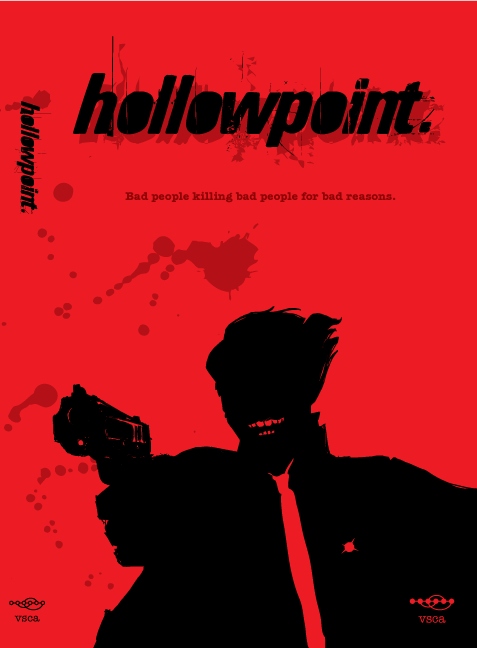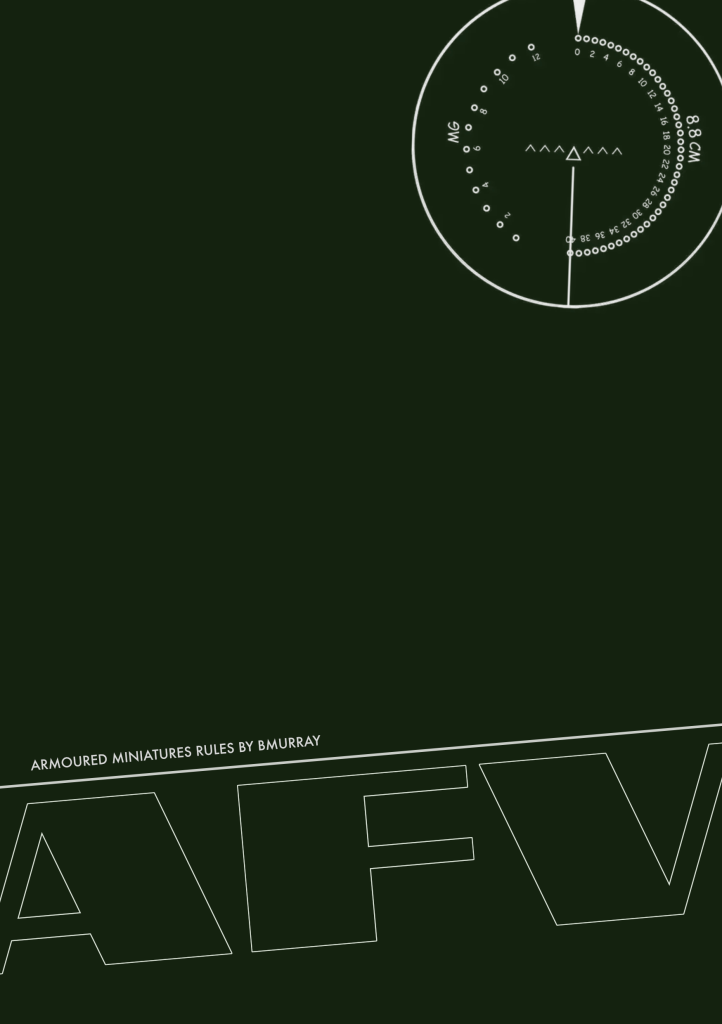A dear friend asked about games where you play first responders and I thought that the overall structure (episodic, escalating, characters leaving play, competency) suited Hollowpoint nicely. So I hammered this together. If you use it and have a good time let me know. You need to know some Hollowpoint to make sense of it but not much really.
A Hollowpoint hack where you play compassionate first responders. You are never violent. We’ll follow the existing pattern of escalation. Is it fantastic or realistic? I don’t know. It can do either but do we want either?
Safety
Since Hollowpoint deals with extreme and unrealistic situations in a comic book style, while there is a need for safety the game already describes itself in a fashion that contrives a kind of consent just by agreeing to play it. Crisis Point, however, is not like that — you are going to play characters with only compassionate responses in stressful contexts and that means people need to be set up to handle it. We recommend drawing lines and veils before we even start: let’s not design a mission that is certainly going to upset someone. It might even be easier to say what kinds of missions are acceptable rather than trying to enumerate everything that’s not.
Then also put a scene stopper like X Card or Script Change in place. Personally I find X Card more natural and less intrusive on the illusion that we are acting rather than authoring but this is a matter of taste: both are effective at halting a scene before it causes harm.
Mission
The mission for Crisis Point should be some escalating scenario though not necessarily (or even ideally) one that is guided deliberately by a villain. Resolution of the mission happens when players address the root cause of the distressing scenes they are dealing with (which means the root cause must be resolvable — note that this departs for a strictly realistic narrative in that our EMTs will eventually act non-locally in order to get at roots). Example: EMTs dealing with worsening floods that are a result of mismanagement of city funds for river management.
Missions are broken up into scenarios (sometimes scenes) which advance the plot.
To write a mission the ref needs to invent the following:
- A rough idea of what kind of intervention the player characters are “about”. This should come out of character creation.
- An opening scene that introduces the problem.
- An idea of what the root cause is.
- …
- Seriously, …, the thing will develop on its own from there.
Characters
Characters need six stats which are the ways in which they can approach a situation tactically. It’s up to you as ref to find scenarios where some stats are harder than others to bring to bear so that different characters can be spotlit. Some thoughts:
First aid, Forensics, De-escalation, Counselling, Rescue, Bureaucracy
I picked these as follows:
First aid is the logical parallel to Hollowpoint’s KILL skill — it’s the most direct and immediate response to your expectations of a scene.
Forensics is in the mix so that there is an opportunity to analyze each scene to find information that advances following scenes so that they are not strictly reactive. Note that in play the actual crisis will interfere with forensics which is awesome.
De-escalation — I want a way to have violence as opposition (such as an active shooter scenario) but not a way to respond with violence (that would be a way to fail the scenario). Also stands in for negotiation I think.
Counselling is a psychological counterbalance to first aid — maybe an obvious choice.
Rescue is the physical act of getting people out of danger. This would include putting yourself between harm and an innocent, entering a dangerous structure to extract someone, and so on.
Bureaucracy is there because I kind of think that root causes are going to generally lead you there if we are saying there is never a personal arch villain. Who is the villain? Probably some accounting process or algorithm or similar. All of that gets handled under this heading.
As always, pick one of these as your NEVER — a method you never use. You don’t know how, you’re philosophically opposed, whatever. You never do this. Then rank the others from 1 to 5. Example:
Wilson Griggs, ex-ambulance driver
First aid: 5 De-escalation: 2
Rescue: 4 Bureaucracy: 3
Forensics: 1 Counselling: NEVER
Next you need five traits. A trait can be burned (cross it out) in order to either add 2 dice to your pool or to make a declaration that’s true. That declaration can be anything that suits the narrative even if it breaks a rule: you decide you’re not dead when the dice say you’re dead, then you’re not dead. Cross out the trait. If it’s a physical object, it’s destroyed. If it’s a fact about you, then now the story’s been told and no one wants to hear it a second time. Cross it out. Answer these questions to get your five traits:
- You wear the uniform or at least meet the dress code, just like everyone else. Except for this.
- You saved a lot of lives in Utah that one time. What do you still have from that mission?
- You’re a professional and you know it because you always do this.
- You’re ready for whatever has to be done: others might hesitate (maybe wisely) but you will dive right in and do this.
- Someone you love loves what you do. They gave you this.
Tell as much story as needed to make sense but trim the trait down to a word or a phrase. Example:
Wilson Griggs, ex-ambulance driver
First aid: 5 De-escalation: 2
Rescue: 4 Bureaucracy: 3
Forensics: 1 Counselling: NEVER
Charles Schultz’s Lucy Vans
Charred fire axe
Head straight into trouble
Get people OUT
Father’s dog tags
Finally characters need a reason to be together. They can just agree on what they are or maybe we can make a limited version of the SH oracle for organizations. That risks becoming fantastic rather than realistic but maybe that’s okay. You want to be wary of simply making the characters part of an official body like the fire department since that places them in a rigid authority structure with clear boundaries for action, making it very difficult to act on initiative to get at root causes. Maybe this must be a kind of fantasy and the organization the characters belong to is always a hypothetical one allowing this to happen.
Opposition
The opposition can’t throw things at you that are exactly symmetrical with your own skills since it is free to be violent. Wondering if they can be categorized and then broken down into six specific “attacks” that can be indexed by the dice (roll 10d6 get 3×4, what attack is a 4 in this context? That guides ref narration as we proceed).
(Never mind I think we can generalize)
For a scenario the ref should choose what exactly is the reason for the call and what the opposition is. It might be the environment, it might be people. Something else? What else is there?
1 – panic
2 – someone in personal distress
3 – harm to character from source of danger
4 – interference from well meaning bystanders
5 – interference from other agency (possibly one authorized for violence)
6 – delay from source of danger
So, for example, if opposition dice indicate 3×1 (a whole lot of panic), that is applied against a character as a hit and the ref narrates how the panic has inhibited their actions.
We track hits by category, so players should record a hit from harm (3) with that category, eg. (3) wrenched shoulder from falling beam. So an additional hit of (4) neighbours are all up in my face does not take you out, but another 4 and you are on your way.
This also guides a taken out result — what does it mean for a player character to be taken out by general panic? By a specific person in distress? By interference from bystanders? All of these are interesting and varied psychological tolls on someone that could end their career.
Panic: first distracted then overwhelmed
Distress: first re-focused then tunnel vision
Harm: first hurt then incapacitated
Innocent interference: first explaining then very fucking angry
Official interference: first frustration then helplessness
Delay: first too damned busy then not holding it together
Once a character takes that second hit they are out of play. Take their dice off the table for this scene. Once the scene is over they may choose to be Taken Out (see below) or stay on but keep 1 hit on the character sheet.
After a fight everyone not Taken Out can remove their hits.
I notice that this can get very fucking dark very fast. Make sure everyone is ready for that — when the dice indicate the police show up with rifles to control a situation you almost have in the bag, that’s going to be ugly in ways not everyone wants to deal with.
Teamwork
[TODO] no immediate ideas here but clearly has to be different from HP
Taken out/advancement
Obviously we don’t want the same rules for this as in Hollowpoint since it’s designed explicitly to let you be hilariously awful to your team.
So what happens to you when taken out? I think we keep the replacement concept but soften it: the character has left play to be replaced by someone who is either:
More experienced: some additional tools to bring to bear as a special ability. They are brought in to bring the situation under control. Their first scene is an explanation to the others of what the plan is now that the shit has hit the fan (similar to Hollowpoint but now berating — only constructive).
Less experienced: sorry all we have is a new person to fill the shoes. Give the replacement a special power for being new — maybe more up to date training has an effect? Maybe just a new perspective? But they get a power for being new so make them better than a baseline character somehow. They do not however arrive with a plan. Instead their intro scene should be the new mission lead introducing them.
Example mission
Fucking fires everwhere
Characters are first responders but volunteers — a local firefighting/rescue team with a reputation for success but not actually authorized to act (?)
Initial scene is a three storey walkup fire. It’s bad. Shit’s falling down all over. Cops might show up and try to control the scene. People are trying to help because they know the people in the building.
Root cause: someone’s taking money to pass fire inspections that could fail. Fire department is happy with the increased budgets they have. Some old buildings getting burned down, tenants out, rebuilt. Hmm.
When in doubt, start another fire.













